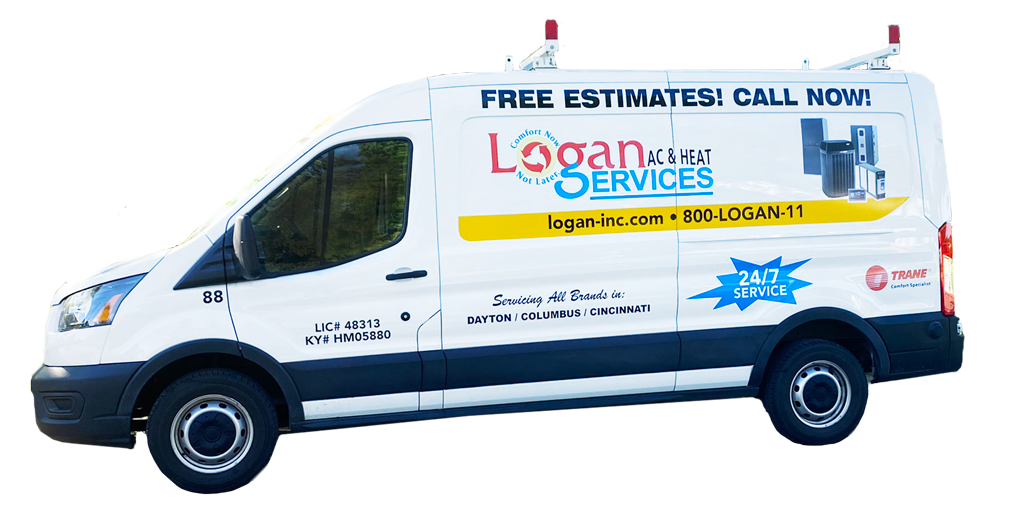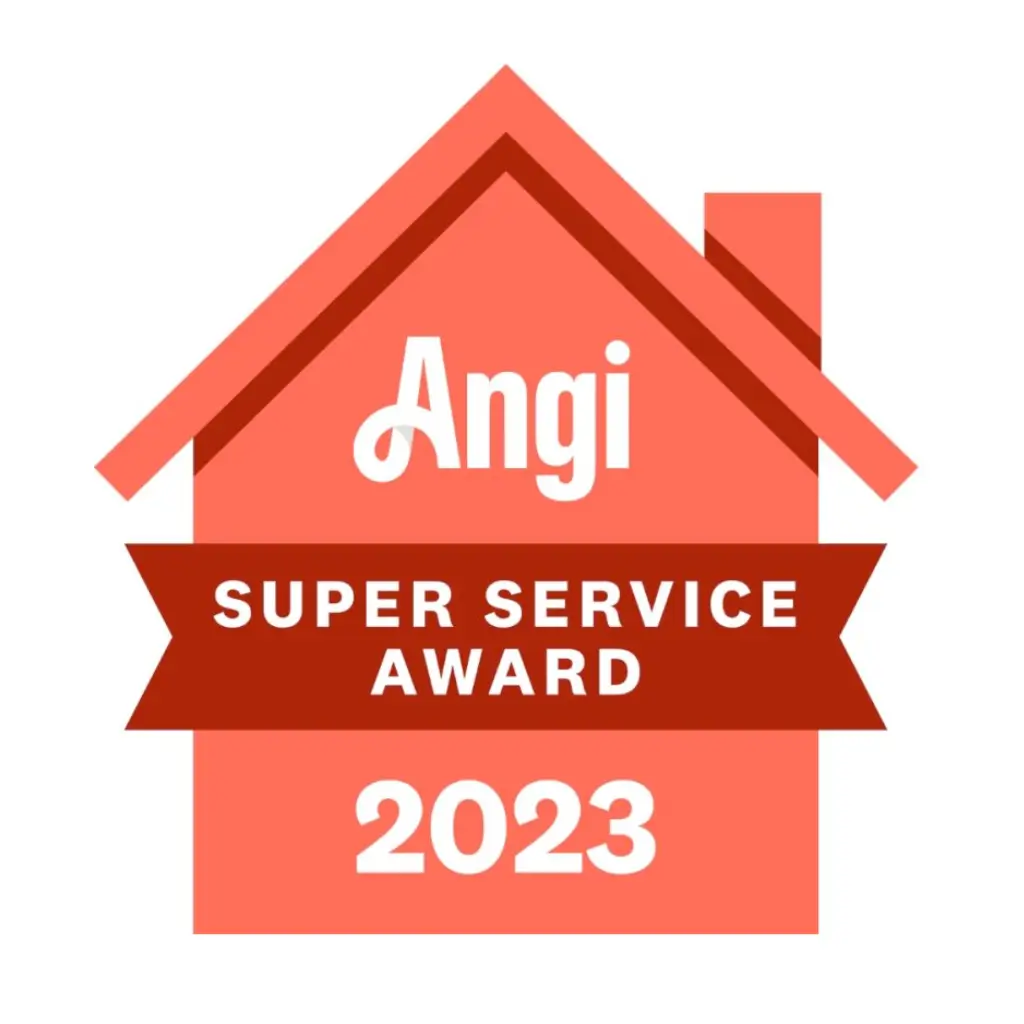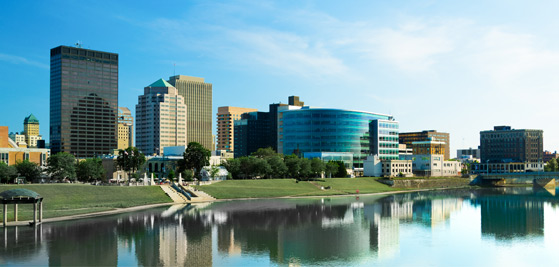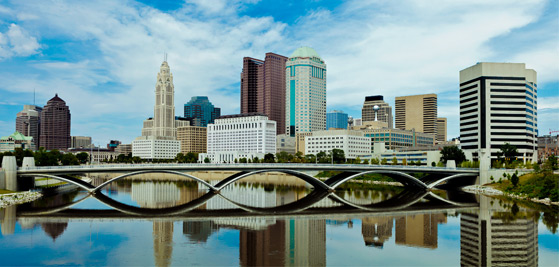Investing in a new furnace for your home can make a big difference in comfort, efficiency, and cost savings during those cold winter months. This guide will walk you through everything you need to know when considering a furnace replacement, from when to replace your old model to selecting the right new system and professional installer for your home. Read on for tips that can help ensure you make the right decision.
When Is It Time to Upgrade Your Furnace?
If your current furnace is over 15 years old or you’ve noticed declining performance and rising energy bills, it may be time for an upgrade. Here are the top signs your home is due for a new heating system:
- Age: Once a furnace reaches 10-15 years, the risk of breakdowns and the need for repairs increases. Newer models have improved efficiency and technology.
- Frequent repairs: If your current furnace requires frequent servicing and expensive fixes, the costs can quickly add up. Replacement may be more cost-effective in the long term.
- Higher energy bills: As efficiency decreases over time, your energy usage and bills climb. A new ENERGY STAR® rated furnace can reduce your heating costs by 30% or more.
- Poor air circulation: If rooms feel drafty or unevenly heated, it indicates your furnace needs replacement.
- Noisy operation: Excessive noise when your furnace runs points to wear and that it may be nearing the end of its life. Today’s models run much more quietly.
Replacing an aging or underperforming furnace with a new energy-efficient model is one of the best investments you can make in your home for comfort and cost savings.
Types of Furnaces
There are several main types of furnaces to choose from when replacing your home’s heating system. The most common options include:
- Gas Furnaces – Gas furnaces are fueled by natural gas or propane. This is often the most affordable and efficient option. Gas furnaces have AFUE ratings of 80-98%. Higher-end gas furnaces can reach 98% AFUE.
- Oil Furnaces – Oil furnaces use heating oil, which is stored in an outdoor tank and pumped through the system. Oil heating is common in areas without gas lines. Oil furnace efficiency ranges from 83-95% AFUE.
- Electric Furnaces – Electric furnaces use heating elements that are heated by electricity. No ductwork is needed since heat is directly transferred by fans blowing over the elements. Their AFUE is close to 100%. However, operating costs are higher than gas.
- Dual Fuel Furnaces – These combine gas heat and an electric heat pump. The system automatically switches between gas and electric heating to optimize efficiency and costs.
- High-Efficiency Furnaces – These refer to gas, oil, or electric furnaces with AFUE ratings of 90% or greater. The higher efficiency means lower fuel consumption and energy bills.
When selecting a replacement furnace, be sure to choose the appropriate type for your home fuel source and energy needs. Discuss options with qualified HVAC professionals to decide which furnace type is right for your specific situation. The right professional can help you decide where to buy a Trane furnace.
Choosing the Right Type of Furnace
Once you decide it’s time to replace your old furnace, the next step is selecting the right type for your home. Today’s furnaces offer more options and features than ever before. Consider the following:
- Fuel type: The most common are gas and electric. Gas furnaces are more efficient, heat faster, and are lower cost to operate. Electric models don’t require ductwork or vents.
- Efficiency level: Higher AFUE (Annual Fuel Utilization Efficiency) ratings mean greater efficiency. Look for a minimum of 80% AFUE or higher.
- Single stage vs. two-stage: Two-stage models run at lower capacity for more even heating before ramping up as needed. This improves comfort.
- Modulating: High-end modulating furnaces precisely adjust heat output as needed for maximum efficiency.
- HVAC system compatibility: Ensure your new furnace is properly matched to your home’s size and existing ductwork and AC system for optimal performance.
Consult with a qualified HVAC pro to determine what type of furnace is right for your needs and budget. Key factors like size, features, and installation requirements will impact costs.
Top Features to Look for in a New Furnace
The latest furnace models offer extra features that can enhance performance, efficiency, and convenience. Here are some top features to look for:
- Smart technology: Digital thermostats and wifi connectivity allow remote monitoring and control from your smart devices. This added convenience also helps save energy.
- Multi-stage operation: Having two or more stages (low capacity and high capacity) allows the furnace to operate only at the level needed and improve comfort.
- Variable-speed blower: By adjusting airflow speed as heating demands change, this provides enhanced comfort, efficiency, and quiet operation compared to single-speed blowers.
- High AFUE rating: Look for a minimum AFUE of 80% or greater. The higher the rating, the more energy efficient the furnace. Top-end models can exceed 97% AFUE.
- Durable heat exchanger: Look for stainless steel or aluminized steel heat exchangers that are built to last 20 years or more.
- Warranty: Choose a model with a minimum 5-10 year warranty on parts and 20+ years on the heat exchanger. This protects your investment.
- Air filtration: Models with built-in air filters or compatibility with high-efficiency filters improve indoor air quality.
What Does a New Furnace Cost?
With all the options in efficiency, size and features, new furnace prices can range widely. Expect to pay $2,500 to $12,000 for the furnace and installation.
Factors impacting furnace replacement cost include:
- Unit size needed for your home
- Efficiency rating
- Single vs multi-stage units
- Brand selected
- Special venting requirements
- Ductwork modifications needed
- Geographical location and labor costs
- Extended labor warranty
- New furnace tax credits
Selecting a quality, ENERGY STAR® rated model from a leading brand known for reliability while making some energy-efficient upgrades during installation can maximize long-term savings on your energy bills in addition to comfort. Be sure to ask your installer about any rebates or incentives that may be available to help offset the furnace replacement cost.
Locating a Professional HVAC Contractor
Choosing the right installer is key to getting optimal performance from your new furnace. Be sure to find an experienced local company with proper licensing, training, and a strong reputation. Verify they employ certified NATE technicians, offer warranties, and have all required insurance and bonding. A quality HVAC company will take the time to properly assess your home’s needs and specifications and can provide you with professional guidance for your furnace purchase.
What to Expect During Furnace Installation
Furnace replacement normally takes 8-12 hours depending on your home’s specifics. The general installation process involves:
- Inspection and permits
- Removal of old furnace and cleaning of area
- Modifications to existing ductwork, vents and electrical
- New furnace installation and connections
- Testing and inspecting the new system
- Cleanup of workspace
- Providing homeowner with manuals, warranties, and info for proper maintenance
Prior to the work, discuss with your contractor any repairs, renovations or upgrades to be done along with the furnace replacement to maximize energy efficiency, such as sealing ducts, adding insulation, or upgrading your thermostat.
Increase Efficiency With Additional Upgrades
Beyond just swapping out your old furnace for a new efficient model, additional upgrades completed during installation can further boost your home’s overall energy performance:
- Duct sealing – Seal leaks and joints in heating ducts using mastic sealant to prevent conditioned air from escaping. This improves efficiency.
- Smart thermostat – New digital thermostats with wifi capability help control temperatures more efficiently.
- Insulation improvements – Adding insulation in attics, basements and crawl spaces can help regulate temperature.
- Air sealing – Seal gaps and cracks throughout the home to prevent drafts and energy loss.
- New AC unit – If over 7 years old, replacing an aging AC at the same time balances your home’s heating and cooling systems.
Discuss additional efficiency upgrades with your HVAC installer when getting estimates for a new furnace. The small extra cost leads to greater long-term savings.
The Logan Difference
When it comes to buying and installing a new furnace in your home, you want to choose a company you can trust to do the job right. That company is Logan Furnace Company. As a family-owned and operated business for over 50 years, Logan Furnace sets itself apart in several key ways:
- Training – All Logan Furnace installers go through extensive in-house training to ensure they are equipped with the skills and knowledge to properly install your new furnace. The training program covers all aspects of furnace installation, maintenance and repair.
- Quality Parts & Preparation – Logan Furnace makes sure its installers have all the necessary parts before arriving at your home. This avoids any delays or frustration waiting for a missing part. The install manager, with years of hands-on experience, double checks that everything needed for your specific install is loaded on the truck.
- Thorough Install & Walkthrough – The install team will walk you through the entire process, from inspecting your existing system, to the new furnace installation, to a complete walkthrough of how to operate and maintain your new furnace. They show you how to set up controls, change filters, and troubleshoot any issues. This ensures you know how your new system works before the team leaves your home.
- Warranty Support – Logan Furnace helps make sure all warranty coverage is activated and assists you through any warranty issues or claims that may arise in the future. You won’t get stuck handling warranty issues on your own.
- Giving Back – As a local business, Logan Furnace is committed to giving back to the community through donations, giveaways, and helping neighbors in need.
When you choose Logan Furnace, you get the expertise of a trusted, family-owned company that cares about doing the job right and taking care of their customers.
Frequently Asked Questions
What is the best time of year to buy a new furnace?
The ideal time is in the spring, summer, or early fall when demand is lower so you can get better deals and faster installation. Avoid peak heating season in winter when demand is high.
How long does a furnace last?
The average lifespan is 15-20 years, though proper maintenance can extend a furnace’s functional lifespan closer to 20-25 years before needing replacement.
Should I repair or replace my old furnace?
If your furnace is over 15 years old and repairs exceed 50% of the cost of a new furnace, replacement is likely the better investment. Newer models are much more energy efficient.


















